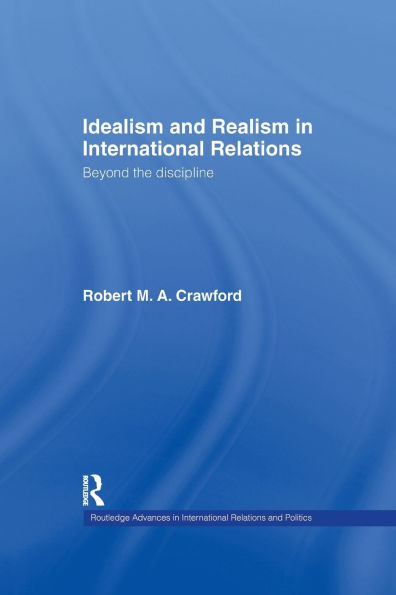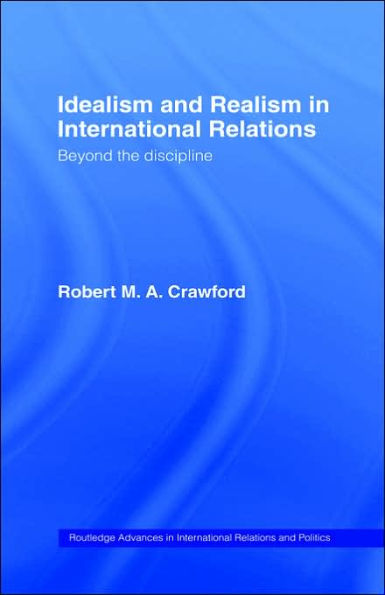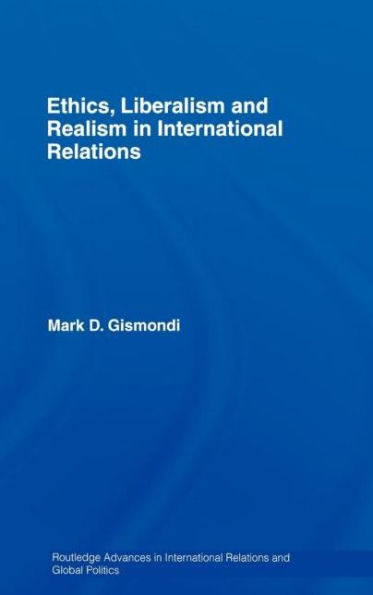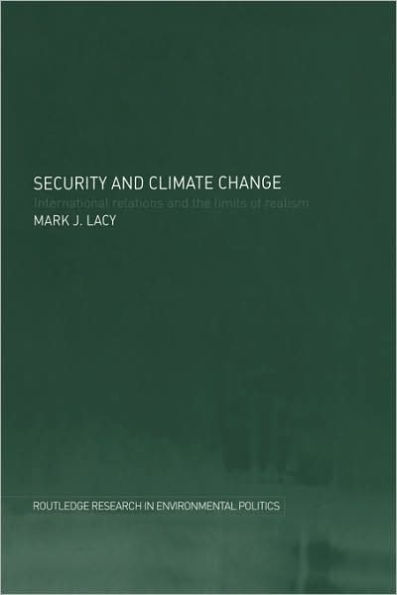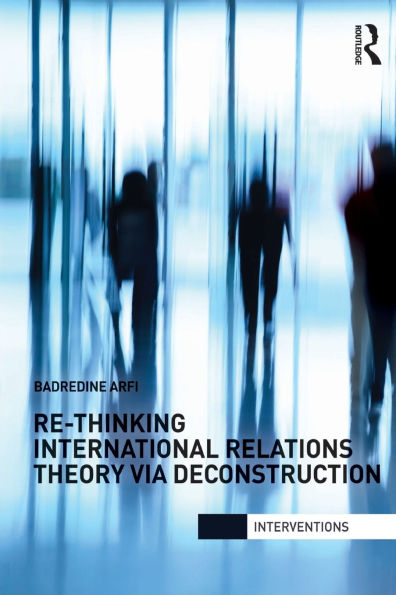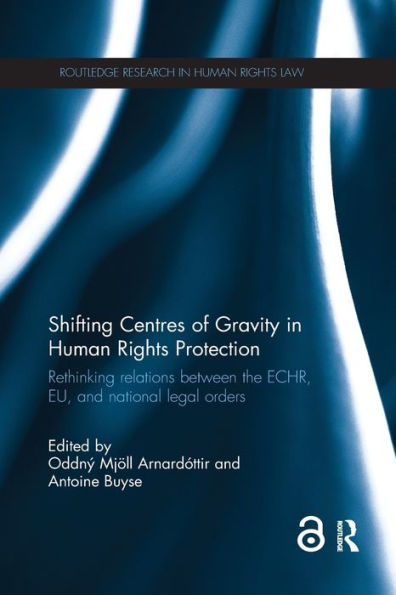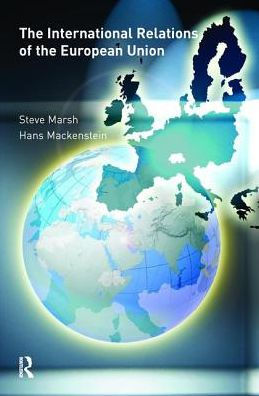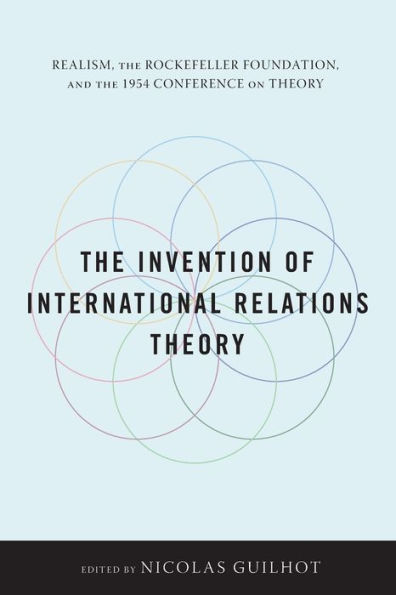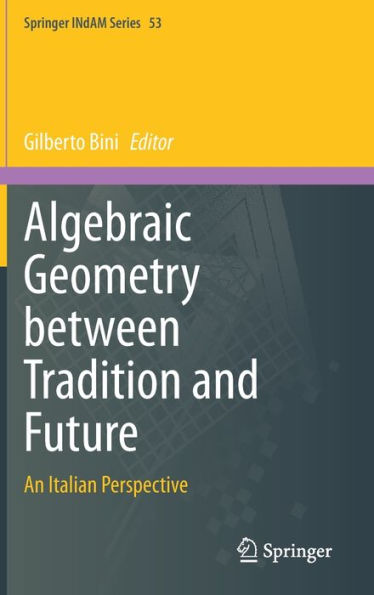Home
Rethinking Realism in International Relations: Between Tradition and Innovation
Loading Inventory...
Barnes and Noble
Rethinking Realism in International Relations: Between Tradition and Innovation
Current price: $68.00
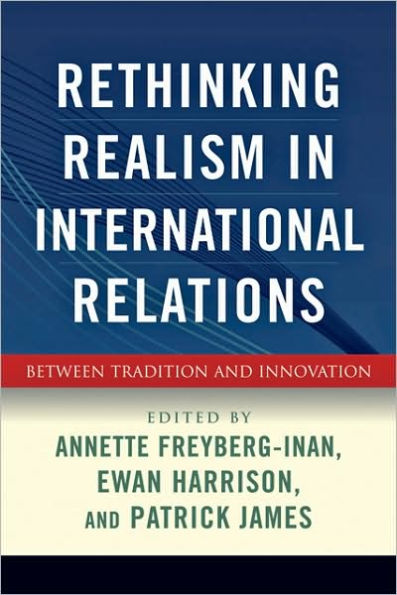

Barnes and Noble
Rethinking Realism in International Relations: Between Tradition and Innovation
Current price: $68.00
Loading Inventory...
Size: OS
*Product Information may vary - to confirm product availability, pricing, and additional information please contact Barnes and Noble
This volume draws on the work of international scholars from diverse perspectives to provide a timely, focused debate on the future of realist theory in international relations.
Part I presents novel contributions to realist theory building, including suggested elaborations of Mearsheimer's offensive realist variant, a reconsideration of the role of revisionism in structural realist theory, a bridge to the English School of international relations, and a critique of trends in realist theorizing since the end of the Cold War. In part II, structural and neoclassical realists provide empirical analyses of foreign policy behavior, the role of geopolitics, and the grand strategies of major powers. The chapters in part III assess the viability of the ways forward for realism from realist, critical, and feminist perspectives.
This tightly integrated intellectual exchange presents a transnational overview of the evolution and potential future of the realist paradigm. The volume editors conclude with an assessment of the current state of realism and suggest ways for the debate to progress.
Part I presents novel contributions to realist theory building, including suggested elaborations of Mearsheimer's offensive realist variant, a reconsideration of the role of revisionism in structural realist theory, a bridge to the English School of international relations, and a critique of trends in realist theorizing since the end of the Cold War. In part II, structural and neoclassical realists provide empirical analyses of foreign policy behavior, the role of geopolitics, and the grand strategies of major powers. The chapters in part III assess the viability of the ways forward for realism from realist, critical, and feminist perspectives.
This tightly integrated intellectual exchange presents a transnational overview of the evolution and potential future of the realist paradigm. The volume editors conclude with an assessment of the current state of realism and suggest ways for the debate to progress.
